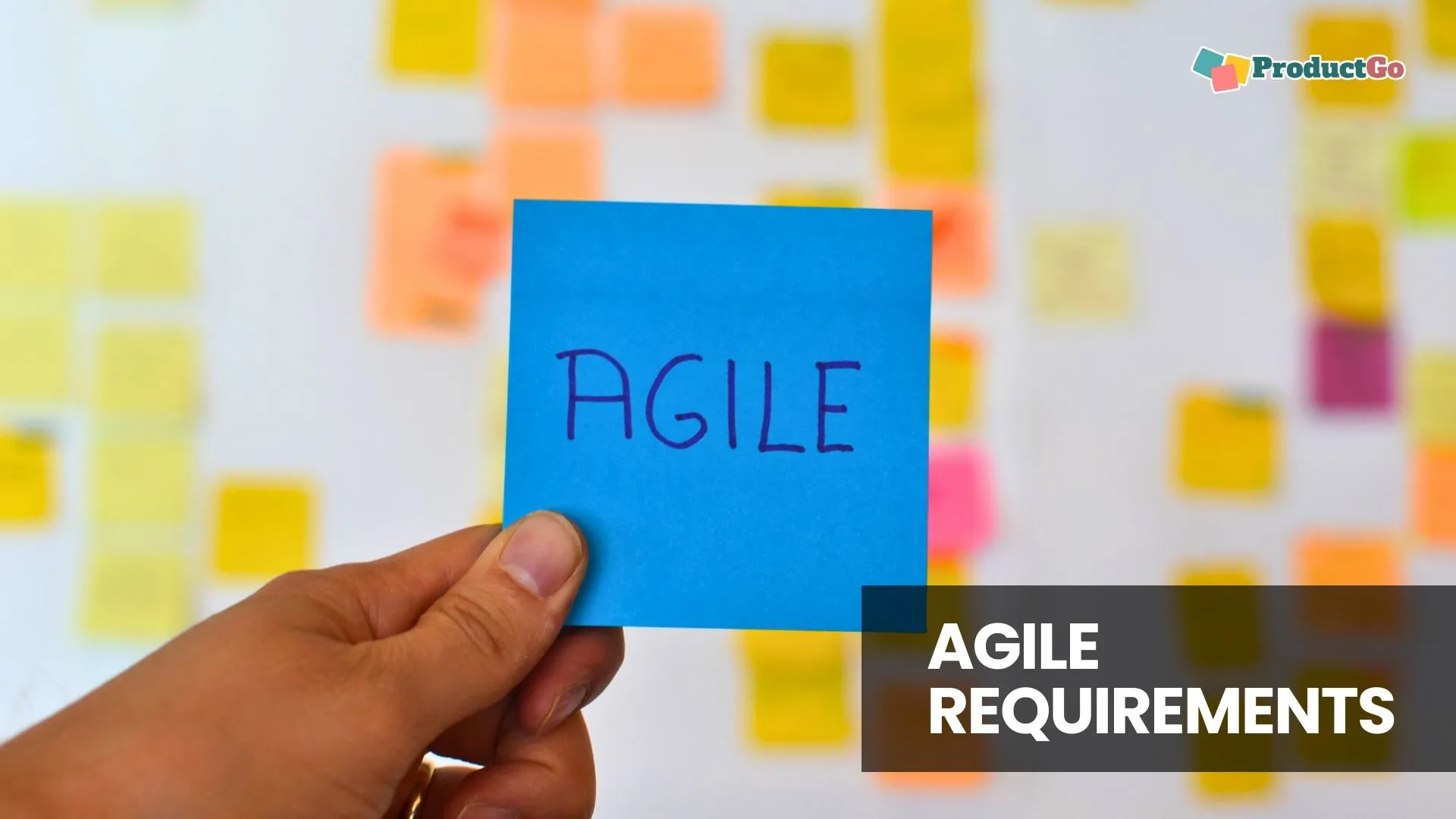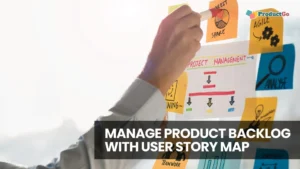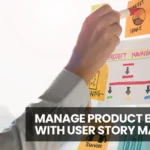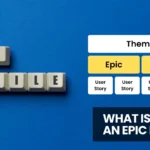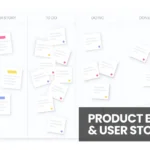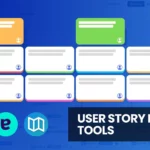Understanding requirements is fundamental to any successful project, and Agile requirements are no exception. When venturing into the dynamic world of Agile methodologies, it’s crucial to start with the basics—and understanding Agile requirements is the first step on that journey.
But what exactly are Agile requirements, and how do they differ from traditional project requirements? Let’s find out!
Table of Contents
What are Agile Requirements?
When venturing into the dynamic world of Agile methodologies, it’s crucial to start with the basics—and understanding Agile requirements is the first step on that journey. But what exactly are Agile requirements, and how do they differ from traditional project requirements? Let’s break it down in a way that’s easy to digest.
Agile requirements are a set of informal, flexible instructions that guide the development of a product throughout the Agile project lifecycle. Unlike in traditional methodologies, where requirements are often detailed and fixed from the start, Agile requirements are expected to evolve as the project progresses. This adaptability allows teams to respond to changes in user needs, market conditions, or technological advancements effectively.
Exploring Agile Project Management
Agile project management is a dynamic and collaborative approach that contrasts sharply with traditional, more rigid methodologies. It’s designed to accommodate changes and foster innovation through an iterative process.

What is Agile Project Management?
Agile project management is a methodology that focuses on continuous improvement, flexibility, and team input at every stage. It emphasizes rapid delivery of functional product increments, known as sprints, allowing teams to respond to changes quickly and efficiently.
Core Principles of Agile Project Management
The Agile Manifesto outlines key principles that guide this approach:
- Emphasize communication over rigid processes: Agile prioritizes direct, frequent, and clear communication within teams and with stakeholders.
- Deliver functional software frequently: Agile focuses on the regular delivery of working software, providing immediate value while allowing for quick adjustments based on real user feedback.
- Collaborate with customers: Agile involves stakeholders throughout the project, ensuring the final product meets real user needs and adapts to their changing requirements.
- Welcome change: Agile treats change as an opportunity to improve the product’s relevance and effectiveness, not as a setback.
→ Related content: 5 Phases of Agile Project Management – What are they?
Managing Requirements in an Agile Environment
Managing Agile requirements is a continuous, dynamic process that involves frequent updates and iterations. This approach ensures that the project remains aligned with user needs and business goals throughout its lifecycle.

Managing requirements in an Agile environment can be challenging due to its very nature of flexibility and change:
- Evolving Requirements: As project scopes evolve, keeping track of changing requirements and their impacts can be complex.
- Stakeholder Engagement: Continuous involvement of stakeholders is necessary but can be demanding to maintain throughout the project.
- Communication: Ensuring clear and consistent communication across all team members and stakeholders is crucial and often challenging.
To navigate these challenges, certain strategies can be particularly effective:
- Active Stakeholder Involvement: Engage stakeholders regularly through meetings, workshops, and feedback sessions to ensure their needs are continuously met.
- Prioritization Techniques: Use methods like MoSCoW (Must have, Should have, Could have, Won’t have this time) or the Kano model to prioritize requirements based on their value and impact.
- Iterative Refinement: Break down requirements into smaller, manageable user stories that can be delivered incrementally. This allows for adjustments based on feedback and changing conditions.
Types of Agile Requirements
Agile development thrives on a balance between upfront planning and ongoing adaptation. According to Mountain Goat Software, requirements fall into three categories that reflect this balance:
1. Known Requirements:
The Foundation: Known requirements are the initial building blocks of the project. These are the features and functionalities identified through various techniques:
- User interviews and workshops: Direct interaction with users helps uncover their pain points and desired functionalities.
- Business analysis: Analyzing business goals and objectives helps identify features that support them.
- Market research: Understanding industry trends and competitor offerings can inform requirements.
Prioritization is Key: Once known requirements are identified, they are prioritized based on business value. This ensures the team focuses on delivering the features with the highest impact first.
2. Overlooked Requirements:
Unearthing the Hidden Needs: As development progresses, new requirements may come to light. These “overlooked requirements” can arise from various factors:
- Incomplete initial understanding: User needs might not be fully captured during initial sessions.
- Evolving user needs: User needs and preferences can change over time.
- Technical limitations uncovered during development: Certain functionalities might be technically infeasible or require adjustments.
Integration into the Process: The agile approach allows for accommodating these overlooked requirements. The product backlog, a prioritized list of requirements, can be updated to reflect these new needs.
3. Emergent Requirements:
Innovation Through Discovery: The most exciting category! Emergent requirements are entirely new needs that surface during development. These can be sparked by:
- User feedback: User testing or beta testing can reveal previously unforeseen needs.
- Technological advancements: New technologies might unlock possibilities for innovative features.
- Creative problem solving: The development team might discover better ways to solve user problems.
Embracing Change: Agile methodologies are designed to handle emergent requirements. The backlog can be adjusted to incorporate these new features as long as they align with the overall product vision and business goals.
→ Related content: 12 Agile Project Management Principles
Levels of Agile Requirements
While there isn’t a universally agreed-upon hierarchy for agile requirements, some argue for a breakdown based on scale and focus. Here’s a perspective on potential “levels” in Agile:
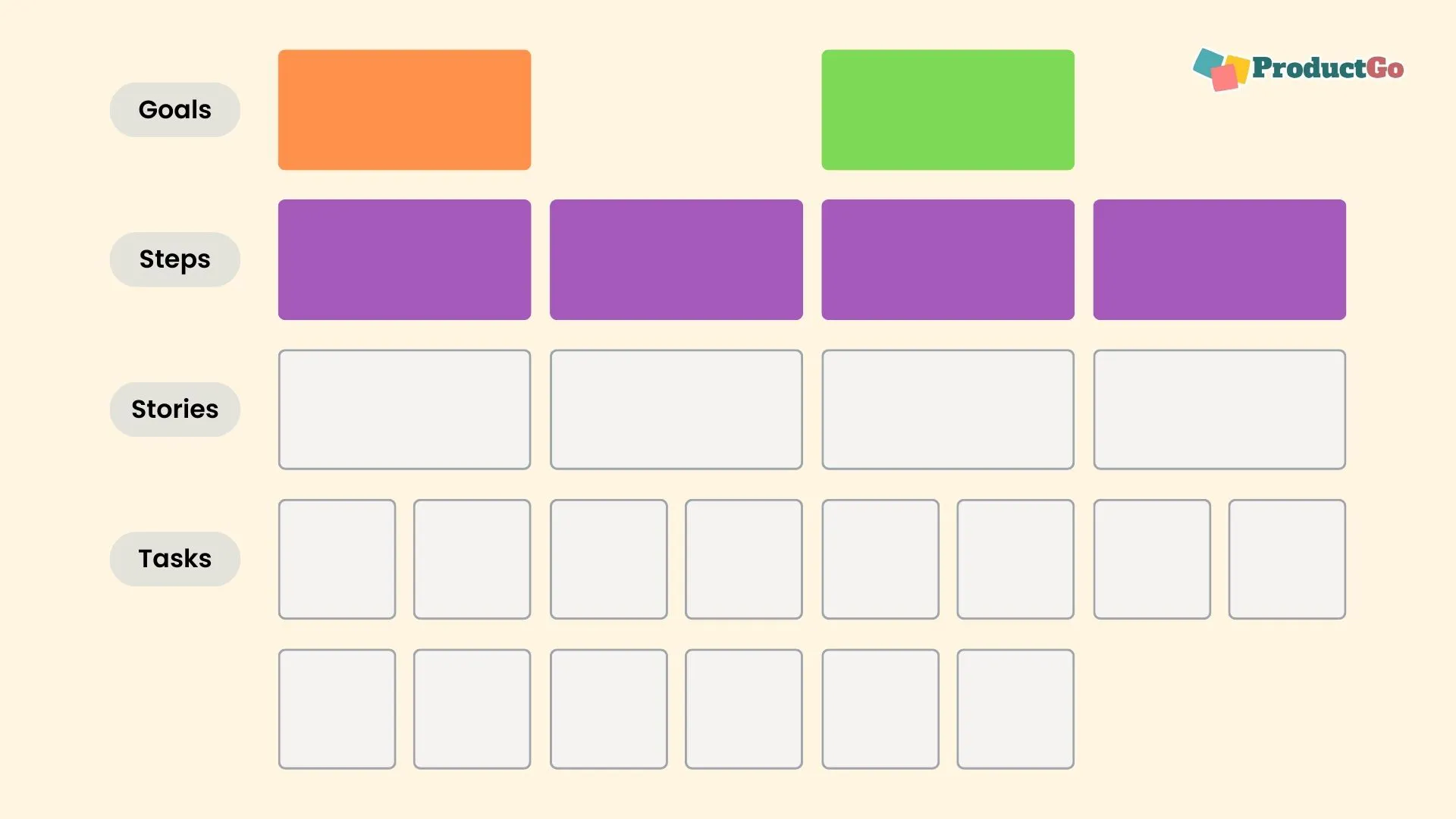
Vision & Strategic Themes (Big Picture):
This level sets the overall direction and goals for the product or project. It considers the product’s purpose, target audience, and desired impact. Think of it as the architectural vision for your entire development project.
Epics & Features (Large Chunks of Value):
Epics are large, user-centric initiatives that break down the product vision into actionable steps. They represent significant functionalities or themes. Features, on the other hand, are smaller, more focused deliverables within an epic. Imagine these as major sections of your building, like the kitchen or living area, within the overall architectural plan.
User Stories & Acceptance Criteria (Detailed Needs):
User stories capture specific user needs and functionalities from the end-user’s perspective. They typically follow a format like “As a [user role], I want to [do something], so that [benefit].” Acceptance criteria define the specific conditions a user story must meet to be considered complete. Think of these as the individual rooms within a section (kitchen) along with the specific features needed in each room (cabinets, countertops, appliances).
Tasks & Sub-tasks (Actionable Steps):
This level focuses on the concrete steps needed to develop each user story. Tasks break down the user story into smaller, manageable units of work. Sub-tasks further divide tasks into even more granular actions. Imagine these as the specific construction activities required to build each room, such as installing cabinets, wiring electrical outlets, or laying flooring.
Remember: This is a flexible framework. The specific levels and their names might vary depending on the chosen Agile methodology and project needs.
Gathering Agile Requirements Effectively
Gathering Agile requirements is a crucial process that ensures your project is aligned with user needs and business goals. Here’s a concise guide to gathering requirements effectively in an Agile environment:

- Engage Stakeholders Early and Often: Conduct initial interviews and collaborative workshops to understand high-level business needs and goals. Schedule frequent meetings with stakeholders to keep them involved and refine requirements iteratively.
- Create User Personas: Develop detailed user personas representing different segments of your user base. Helps the team understand user needs, behaviors, and pain points, enabling them to design features that address specific user problems.
- Develop User Stories: Follow the classic structure, “As a [user], I want to [goal] so that [benefit].” Collaborate with stakeholders to refine user stories, ensuring they provide clear, actionable goals.
- Prioritize Requirements: MoSCoW Method: Categorize requirements into Must-Haves, Should-Haves, Could-Haves, and Won’t-Haves.
- Use Prototypes and Mockups: Visual representations help clarify requirements and gather feedback early. Incorporate feedback from prototypes and mockups into refining the user stories and requirements.
- Break Down Epics into Smaller Stories: Break down larger epics and features into manageable user stories that can be tackled within a sprint. Ensure each story delivers a usable increment of value.
- Continuous Feedback and Refinement: Regularly review and refine the backlog to ensure it remains aligned with project priorities. Use sprint reviews to gather feedback on delivered features, refining future stories accordingly.
- Document Just Enough: Keep documentation concise, focusing on essential details that help teams understand user needs. Clearly define acceptance criteria for each user story to establish a shared understanding of “done.”
Tools and Techniques for Effective Gathering
- User Story Mapping: Visualize user journeys to identify gaps and prioritize features.
- Mind Mapping: Organize thoughts and ideas to uncover hidden requirements.
- Surveys and Questionnaires: Gather broader user insights quickly.
By following these steps and using these techniques, you’ll be able to gather Agile requirements effectively, ensuring your project delivers maximum value to both users and stakeholders.
→ Try out Agile User Story Map tool for Jira by ProductGo
Final Words
Gathering Agile requirements is both an art and a science. It’s about balancing user needs, business goals, and technological possibilities to create a product that delivers maximum value. By engaging stakeholders early, creating detailed user personas, and prioritizing requirements effectively, you can build a solid foundation for your Agile project.
Agile methodologies thrive on change and continuous improvement. Embrace flexibility in your requirement management, and don’t shy away from refining your backlog as new insights emerge. By following these steps and using the tools and techniques discussed, you’ll be well on your way to delivering a product that delights users and drives business success.

